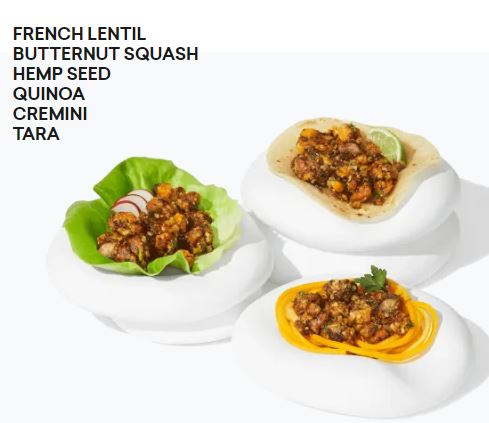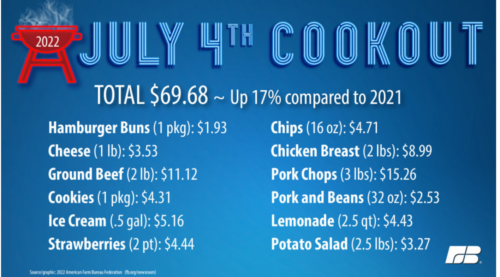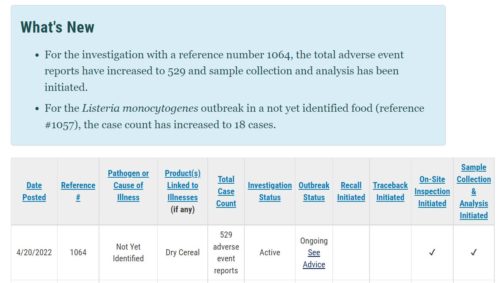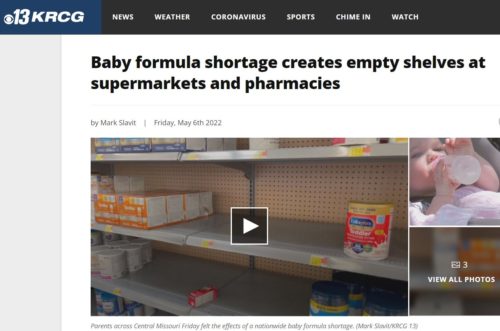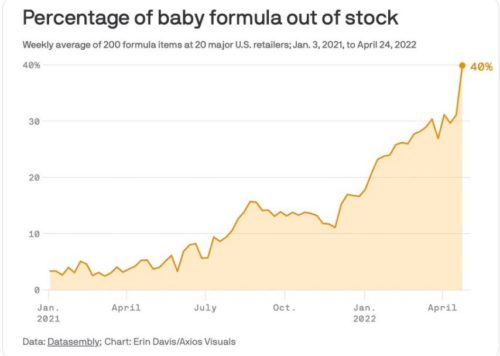The failing FDA: What is to be done?
Everyone is worried about the FDA (or should be) and I’ve been collecting suggestions for how to fix it. I have three so far.
I. Move food safety out of FDA and into a new Food Safety Administration.
This would be housed (as FDA is) in the Department of Health and Human Services (HHS).
Senators Durbin, Blumenthal, and DeLauro have proposed legislation to do this. The bill text is here and a fact sheet here.
- “In recent years, FDA has been plagued by one failure after another—from a failure to properly recognize the dangers of prescription opioids, to a failure to protect children from e-cigarette products, to a failure to properly ensure the safety of our nation’s food supply,” said Durbin. “The sad reality is that FDA seems unwilling or unable to use their authority to protect Americans from preventable illness and death.
- “Americans deserve to know the food on their plates is safe to eat,” said Blumenthal. “By protecting consumers from foodborne illnesses and acting swiftly to respond to recalls, the Food Safety Administration will improve the safety of our nation’s vital food supply.”
- “Food safety is currently a second-class citizen at the Food and Drug Administration,” said DeLauro. “Right now, there are no food policy experts in charge of food safety at the FDA.”
II. Move all food functions out of FDA into a separate agency.
This is proposed by several public action groups: Consumer Reports, STOP Foodborne illness, the Environmental Working Group, and Healthy Babies Bright Futures.
[The] groups discussed the need for congressional action to separate the food portion of the Food and Drug Administration into a separate agency under the Depart of Health and Human Services. The agency would be solely devoted to the food side of the FDA, which oversees 80 percent of the nation’s food supply.
These groups have not developed specific details about how this might work.
III. Move FDA’s food functions into USDA.
This proposal comes from Jerry Mande, former FDA and USDA official: “A Farm to Fork approach to Fixing FDA’s food program.”
USDA is best positioned to succeed due to its history and mission. Created by President Abraham Lincoln to be the “people’s department,” USDA has the comprehensive resources and authorities needed to succeed. These include its 15 nutrition assistance programs and their $175 billion budget, its farm executive directors in every state and its transformative extension agents in literally every county, and the nation’s leading food and nutrition research programs.
Specifically, we propose that the FDA’s Center for Food Safety and Nutrition (CFSAN) merge with USDA’s Food and Nutrition Service (FNS) and Food Safety and Inspection Service (FSIS) under one Food, Nutrition and Health mission area at the USDA.
The Government Accountability Office has been calling for a separate food safety agency since at least 1990. Its idea would be to combine the food safety functions of FDA (generally, plant foods and food products), USDA (generally, animal foods), and other federal agencies. From a food safety perspective, that makes sense.
But what about FDA’s other food functions, such as oversight of food ingredients, labels, and health claims?
And what about food advertising (FTC), health risks (CDC), etc?
What’s good about this is that doing something to strengthen food regulation is on the agenda.
How best to do it?
Ultimately, it’s up to Congress.

